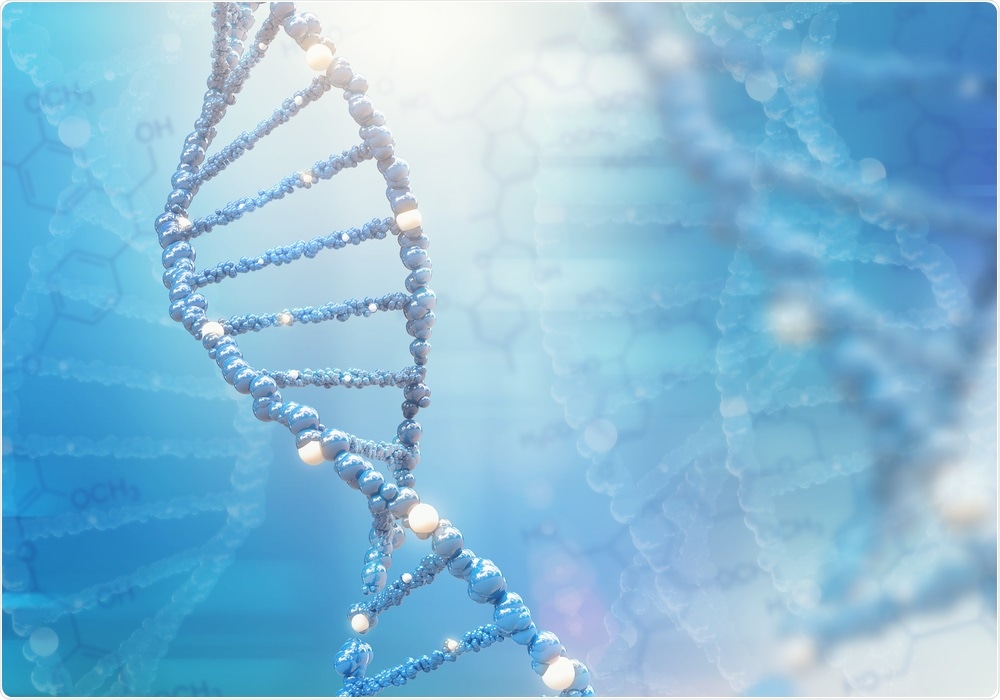
Researchers use guide RNAs to improve base editing system
Researchers in China have used guide RNAs to improve the adenine base editing (ABE) system, used by scientists to alter genetic codes in animal models of disease.
 Image Credit: Ravil Sayfullin / Shutterstock
Image Credit: Ravil Sayfullin / ShutterstockHuman genes are made up of combinations of the four bases Adenine (A), Thymine (T), Cytosine (C) and Guanine (G). The ABE system is able to convert a desired A base to a G base, thereby allowing researchers to manipulate genetic codes in animal models.
Given that a significant proportion of human genetic disease arise though C/G to T/C mutation, which ABE could have the potential to correct, this system represents a promising tool for therapeutic development.
By studying genetically modified rodent models, researchers have made significant progress in understanding human disease and developed a wide range of therapies for various diseases.
However, it has been difficult to create rat or mouse strains that contain the point mutations that occur in human disease.
Now, researchers from East China Normal University and Sun Yat-Sen University in China have used the ABE system to produce mice strains that mimic Dunchenne Muscular Dystrophy and a rat model that mimics Pompe disease.
The models could help researchers test new therapies, particularly genetic therapies.
By using modified “guide RNAs” to enhance the efficiency of the ABE system, Li and colleagues were able to target genomic sites that the tool did not previously edit.
The findings, which have recently been published in the journal Protein & Cell, could have important implications for the study of human genetic disorders and the development of gene therapies.






















.png)












No hay comentarios:
Publicar un comentario